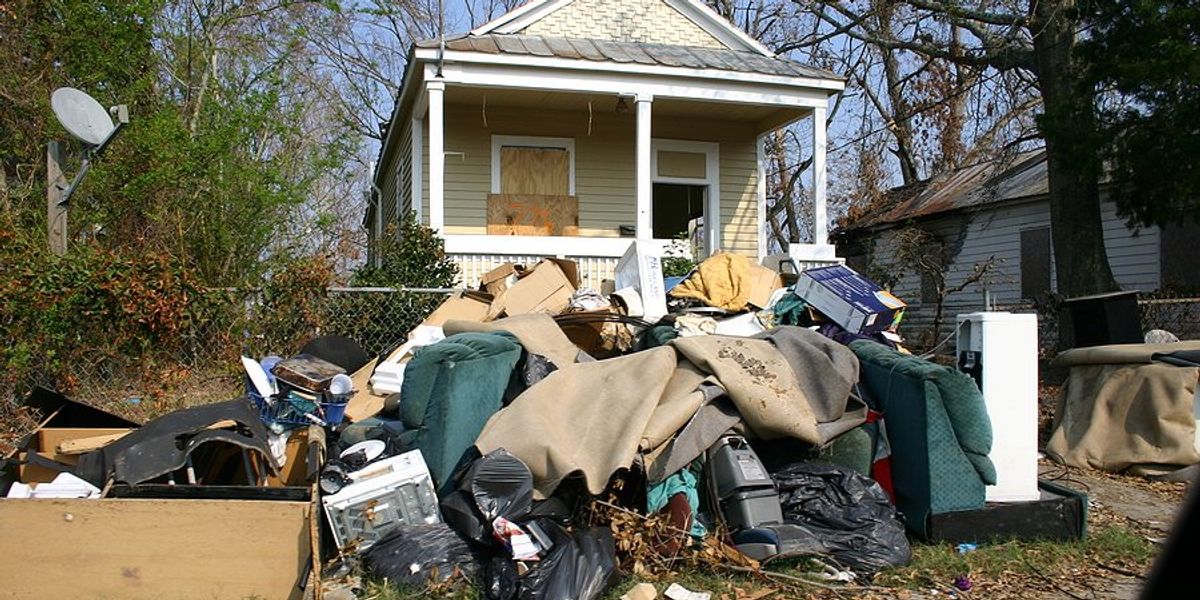Wildfire smoke is penetrating homes worldwide, hitting the poorest hardest
Indoor air pollution from wildfire smoke affects over a billion people annually, with low-income countries facing the steepest health risks and economic burdens.
Ruby Mellen reports for The Washington Post.
In short:
- A global study in Science Advances found that more than one in eight people worldwide were exposed to unhealthy indoor air from wildfire smoke between 2003 and 2022.
- While indoor spaces provide some protection, tiny smoke particles known as PM2.5 can enter homes, posing serious health risks including respiratory illness and dementia.
- The researchers estimate it would cost over $4 trillion globally to maintain safe indoor air quality; lower-income regions, especially in Africa, face the highest per-person costs.
Key quote:
“These people have the right to breathe clean air inside their homes.”
— Yifang Zhu, professor in the Department of Environmental Health Sciences at the University of California, Los Angeles, Fielding School of Public Health
Why this matters:
Though people may feel safer indoors during wildfires, the reality is more complicated. PM2.5 can damage lungs, exacerbate heart conditions, and even impair brain health. As wildfires worsen with climate change, more people worldwide are being exposed to this threat — often without realizing it. Regions like sub-Saharan Africa, which see frequent exposure but have little infrastructure to combat it, face steep health and economic costs. Clean indoor air — once a baseline of public health — is becoming a luxury item in some parts of the world. And unlike outdoor air regulations, there's little global oversight or support to improve the air inside homes. That leaves the most vulnerable people breathing in its most toxic effects.
Read more:













